

Roberto Paci Dalò, Ye Shanghai [excerpt] Featured on Artribune Tv on
CONTACT US FOR BOOKING AND INFORMATION
Distribution in Italy: wakeandupdream Marco Stangherlin
C A L E N D A R
• June 9, 2018, Rimini (I) / 7pm / free admission
Cinema Fulgor
UlisseFest / Lonely Planet
Curated by Cartography
• May 19, 2017, Bologna (I)
Accademia di Belle Arti
film screening and conversation with Eleonora Frattarolo
and Enrico Fornaroli (director Accademia di Belle Arti)cademia
• March 22, 2017, Milano (I)
Cinema Mexico
MIBArt Festival / BA Film Festival
Screening and talk with Martina Cavallarin
• December 20, Trieste (I)
Casa della Musica
• November 27, Torino (I)
Conversation with Silvia Reichenbach
MAO Museo d'Arte Orientale
• November 5, Torino (I)
MAO Museo d'Arte Orientale
• October 25 - November 27, Torino (I)
MAO Museo d'Arte Orientale (exhibition)
• May 29, 2016, Sinagoga di Casale Monferrato (I)
• September 5, 2015Firenze (I)
Giardino della Sinagoga
Giornata europea della cultura ebraica
• April 17, Zagreb (HR), 12:00
Salon Izidor Kršnjavi (talk)
• April 16, Zagreb (HR), 22:15
Festival Tolerancije, Kino Europa (performance)
• April 13-17, Zagreb (HR)
Salon Izidor Kršnjavi (exhibition)
Organizam (UBU+Sintoment+Babushke+NM)
• March 21, Gorizia (I)
FilmForum Festival
• March 2, Senigallia (I)
Contemporary Jukebox
Rotonda a Mare
• February 27, La Spezia (I)
Btomic
• January 31, 2015, Riccione (I)
Cocorico / Morphine
• November 28, 2014, Torino (I)
Cavallerizza Reale
Ride The White Horse #3
• November 14, 2014, Marghera-Venezia (I)
Spazio Aereo
• November 10 - 17, 2014, Venezia (I)
Fondazione Bevilacqua La Masa
(audio-video installation / notebooks / photographs)
Curated by Monica Bosaro
• June 28 - July 3, 2014, Spoleto Festival (I)
Rocca Albornoz. Curated by Achille Bonito Oliva
Produced by Change Performing Arts
• November 1, 2013, Bologna (I)
Archivio Aperto, Istituto Parri
Home Movies
• September 21, 2013, Lecce (I)
Default 13
• September 8, 2013, Linz (A)
Ars Electronica Festival,
• July 19, 2013, Marzocca di Senigallia (I)
Demanio marittimo KM-278,
• July 8, 2013, Asti (I)
Astiteatro, Transcodex
• June 24, 2013, Sinagoga, Pesaro (I)
XXXFuorifestival
• May 29, 2013, Venezia (I)
Serra dei Giardini di Castello
• May 28 - June 4, 2013, Venezia (I)
Fondazione Querini Stampalia
(film)
• May 17, 2013, Barcelona (E)
CCCB
Screen Barcelona
• April 18, 2013, Bruxelles (B)
Art Brussels
• April 17, 2013, Shanghai
(CHI)
Art Shanghai 2013
• March 30, 2013, Shanghai
(CHI)
Power Station of Art
• January 12, 2013, Vienna (A)
ORF Funkhaus
Kunstradio
• September 6, 2012, Shanghai (CHI)
SH Contemporary Art Fair
World Premiere
![]()
![]()
![]()
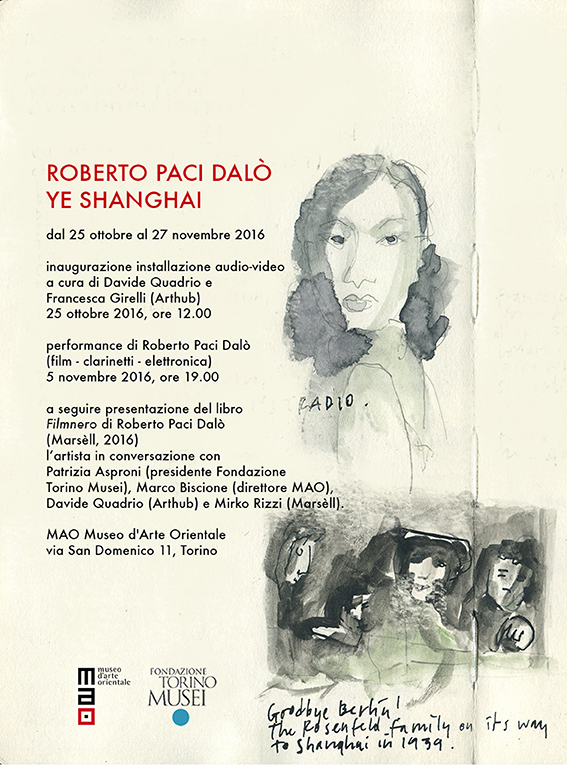
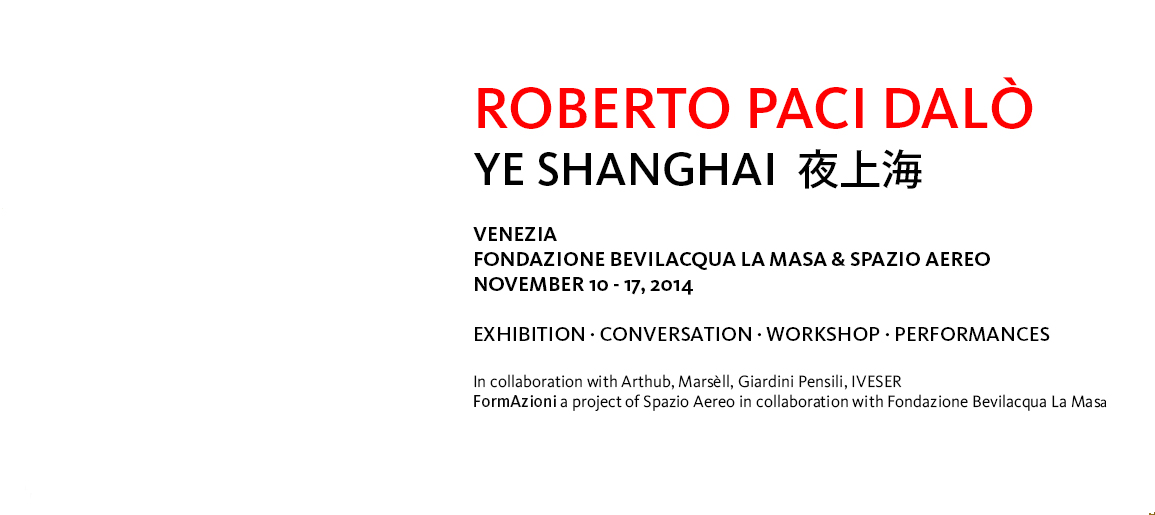
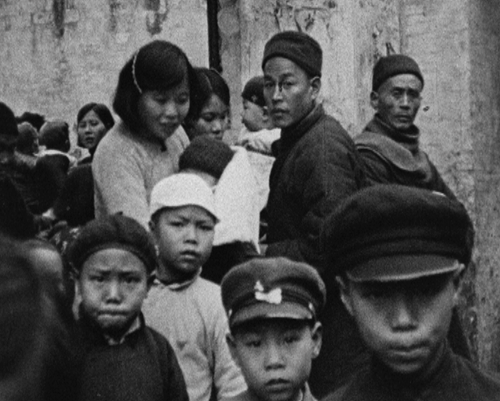
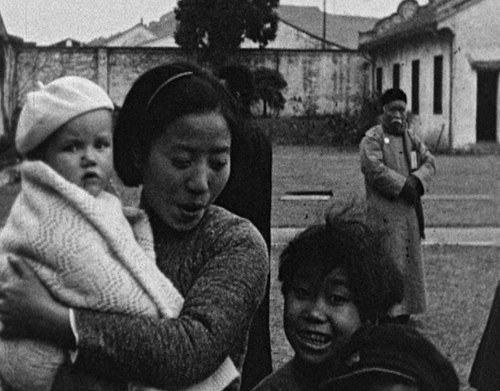

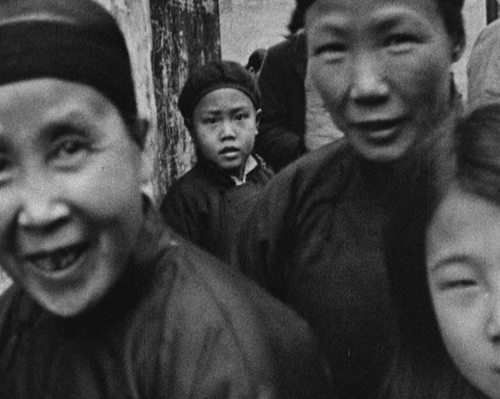
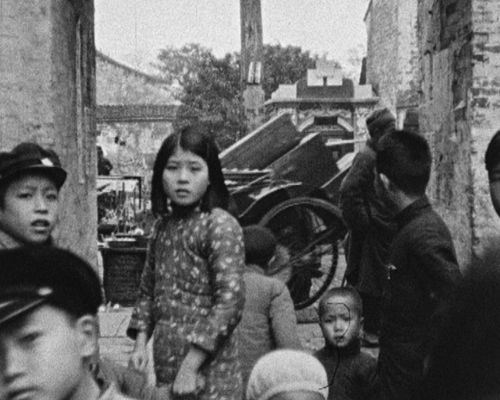
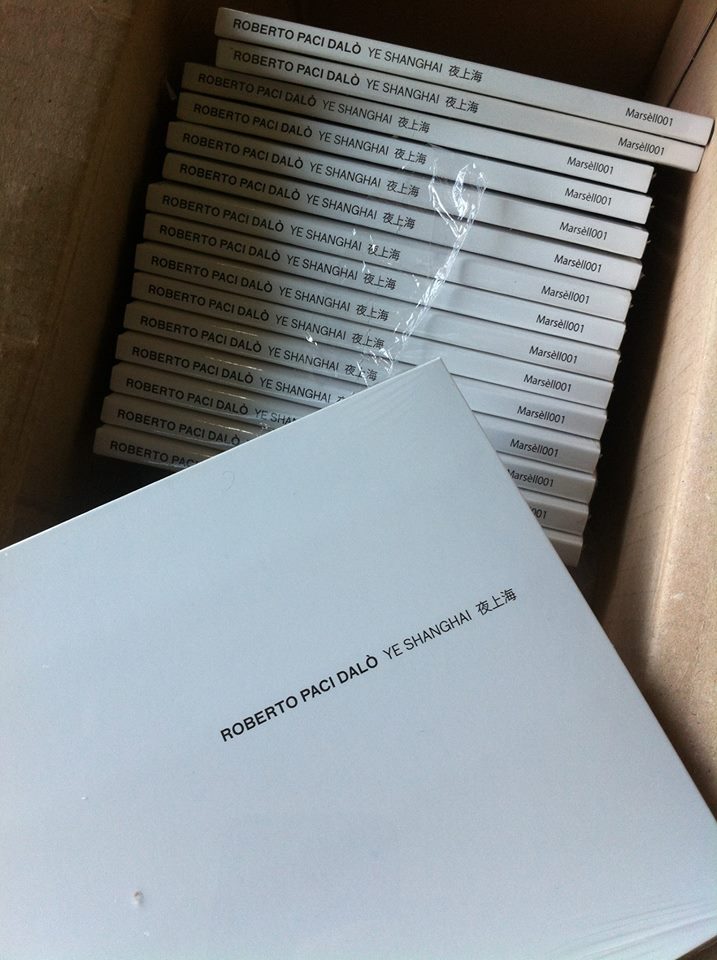
Marsèll 001
Distributed by SoundOhm
Visit the album area
Roberto Paci Dalò Ye Shanghai
"This work is packed with history, knowledge and emotion…so much emotion that it brought a friend to tears. The music accompanying the imagery was infectious, meditative, transitory, crawling into my psyche…repetitious beats reinforced the clarity of the images, their power and resonance"
– Rachel Marsden
Read the full article in Rachel Marsden's Words blog
"Roberto Paci Dalò’s film Ye Shanghai (2012) is a hauntingly vivid work"
– Barbara Casavecchia, Frieze Magazine, March 2013
Read the full review
"This recording features a concert by Italian composer and multimedia artist Roberto Paci Dalò entitled Ye Shanghai, recorded at the ORF Funkhaus in Vienna for Kunstradio. This complex and poignant sound collage is comprised of recorded voices that quickly dissolve into ambient electronic sound that grows increasingly in intensity over the course of this reflective piece. With mysterious instrumentation and vocal recordings, Roberto Paci Dalò creates a powerful composition of swirling sound, at times soothing and then jarring, but always deeply haunting."
– Clocktower Radio, NYC
Ye Shanghai is a music-visual performance by Roberto Paci Dalò commissioned by Massimo Torrigiani for SH Contemporary 2012 and produced by Davide Quadrio and Francesca Girelli (Arthub Asia).
The project deals with several aspects of the Shanghainese life before 1949. At the core of this work is the incredible story of the Shanghai Ghetto, formally known as the Restricted Sector for Stateless Refugees (mukokuseki nanmin gentei chiku).
The Ghetto was an area of approximately one square mile located in the Hongkou District of Japanese-occupied Shanghai. It housed about 20,000 Jewish refugees relocated by the Japanese-issued Proclamation Concerning Restriction of Residence and Business of Stateless Refugees, after they fled from the German-occupied Europe before and during World War II.
The work is also related to the Japanese occupation of the city. Although Japan and China had fought intermittently since 1931, the occupation of Shanghai started in 1937 when the city fell during the Battle of Songhu. The Japanese forces occupied the Chinese administered parts of Shanghai outside of the International Settlement and the French Concession. The International Settlement was occupied by the Japanese on 8 December 1941 and remained occupied until Japan’s surrender in 1945.
Historical background
“From the middle of the 19th Century, Shanghai served as a focus of Jewish immigration to China. By the end of the 1930s, Sephardic Jews, Russian Jews and Jewish refugees from Nazi Europe in Shanghai amounted to over thirty thousand forming the largest community in the Far East.
From 1903 to 1949, more then fifty Jewish newspapers and magazines came out in Shanghai in English, Russian, German, French, Chinese, Japanese, Polish, Hebrew and Yiddish. From 1939 to 1946 more then thirty German, Yiddish and Polish newspapers and magazines were published by Jewish refugees in Shanghai.” (Pan Guang)
The International Settlement of Shanghai was established by the Treaty of Nanking. Police, jurisdiction and passport control were implemented by the foreign autonomous board. Under the Unequal Treaties between China and European countries, visas were only required to book tickets departing from Europe. During the Japanese occupation started in 1937, the Shanghai harbor began to allow refugees to enter without any visa or passport.
By the time most German Jews arrived, two other Jewish communities had already settled in the city: the wealthy Baghdadi Jews, including the Kadoorie and Sassoon families, and the Russian Jews. The last ones, forced to fled the Russian Empire because of the anti-Semitic pogroms fostered by the tsarist regime and the Bolshevik class warfare, had formed a Russian community in Harbin and subsequently in Shanghai.
The Project
Roberto Paci Dalò’s project culminated with a performance based on visual and audio materials from the years between 1933 and 1949. This database, composed of historical media, has been converted into a contemporary art work based on live video projections and music.
The iconic material used as a departure for this work is Nights of Shanghai – a song interpreted by Zhou Xuan (1918 - 1957). This hit from 1937 represents the aural and sonic environment of the piece. Being sampled, decomposed-recomposed, becomes a texture that will embrace the entire performance.
From the enlarged texture of this song, gradually emerges components made out of live instrumental sounds (a small ensemble will play on the central staircase of the Shanghai Exhibition Center’s main hall), samples from archive materials (voices in English, Yiddish, Chinese, German), recreates soundscapes from the past, along with electronics sounds.
The projected moving images is entirely based on materials from the BFI British Film Institute's archives and consist in films shot in Shanghai by Western travellers during the 30s.
This project presents also a strong connection with Italy, since many refugees heading to China were leaving from the ports of Trieste and Genoa. Those who managed to purchase tickets for the Italian Lloyd Triestino steamships, later described their luxurious journey as surreal. From the persecution in Europe to a ghetto in Shanghai, that three-week cruise in between, plenty of food and entertainment, represented an unreal and dreamy rite of passage.
The project has been created by Roberto Paci Dalò in collaboration with Yu Xiaolu, Zhang Yinyi, Yu Xueou, Tan Mei, Sun Mengxuan. They firstly met during a workshop by Paci Dalò at the SIVA Shanghai Institute of Visual Art (Fudan University) in May 2012, an event hosted by ArtHub Asia and supported by Aike Gallery.
During the preparation of the project – throughout Summer 2012 – the team worked both at the Arthub headquarter (located in the M50 art district) and at the iTOPIA Management Consulting Co. Ltd.’s space “Mid-lake Pavillion” right in the heart of the Hongqiao New Town Central Park in downtown Shanghai.
Ye Shanghai has been premiered on September 6th at SH Contemporary Art Fair, Shanghai.
Credits, Partners, and Sponsors
Ye Shanghai
a project by
Roberto Paci Dalò
with
Roberto Paci Dalò - film, bass clarinet, sampler & electronics
Andrea Felli / Farmhouse – audio post-production
Davide Capuleti - film editor
Davide Quadrio, Francesca Girelli – producers
A co-production Arthub Asia, SH Contemporary, Giardini Pensili, NOTCH Festival, Messagerie
In association with BFI British Film Institute
In collaboration with iTOPIA Management Consulting Co. Ltd., Fudan University Shanghai, Home Movies - archivio nazionale del film di famiglia, La camera ottica Gorizia.
Commissioned by Massimo Torrigiani for SH Contemporary 2012.
Giardini Pensili is supported by the Rimini Municipality, the Province of Rimini, the Region Emilia Romagna.
Ye Shanghai has been originally conceived in collaboration with Yu Xiaolu, Yu Xueou, Qin Mei, Sun Mengxuan (Shanghai Institute of Fine Arts, Fudan University) and first performed by Roberto Paci Dalò and Yu Xiaolu.Roerto
Related Links
arthubasia.org
shcontemporary.info
robertopacidalo.com
notch11.com
messagerie.it
bfi.org.uk